Historic preservation protects Atlanta landmarks
The neighborhood of Inman Park is part of the Inman Park Historic District. The area was planned in the late 1880s by Joel Hurt, a civil engineer and real-estate developer who wished to connect the city by electric streetcar lines.
May 8, 2023
Whether it’s the Fox Theater, Martin Luther King Jr.’s birth home, or Oakland Cemetery, Atlanta is home to many historic landmarks and is recognized for its rich heritage.
Since 1989, the city has designated over 70 individual properties, including colleges, churches and museums as historic landmarks. Because of historic preservation, these properties remain available to the public, while allowing them to be appreciated by future generations.
Historic preservation seeks to preserve, conserve and protect buildings, objects, landscapes and artifacts of historical significance from damage caused by public disruption or commercial development. The Atlanta Preservation Center (APC) is the oldest nonprofit for historic preservation in the city and has promoted the preservation of Atlanta’s architecturally, historically and culturally significant buildings, neighborhoods and landscapes through education and advocacy.
“Historic preservation continues to manifest into really being something that also includes culture and identity for spaces and really compressed boundaries in ways that other institutions or crafts can’t,” APC Executive Director David Mitchell said. “The biggest thing is how we have rules and regulations, as well as codes and enforcement capacities to protect.”
As well as educating the public and gathering volunteers, the APC enforces structural support for buildings and properties designated as historic sites.
“Preservation has layers,” Mitchell said. “For example, let’s say that a home is where the first midwife that ever lived in a community was, and it’s on the national register’s landmark, and the window gets broken. We are the ones who have to fix the window.”
Mitchell said the beauty of preservation is the process is separated from prejudice and allows others to widen their perspectives and learn about beliefs different from their own.
“Historic preservation doesn’t have the privilege of bias,” Mitchell said. “Now, it obviously has a history that people have chosen to say this is what it represents, but as we continue to expand and understand historic preservation, you start to understand that you have to care about an old Black church the same way you would an old White church.”
This range of perspectives brought by the protection of historic sites is something that has been in question for decades. Whether it is concerning the preservation of a Confederate general’s statue or the namesake of a property, Mitchell said it is important to recognize the mistakes made in history.
“You find a level of tolerance and acceptance that can come out of preservation where I think few other crafts provide that opportunity,” Mitchell said. “You can see where people made mistakes in our historic neighborhoods, or faults in themselves, and we can make changes because of that.”
Dating from 1889, Inman Park has developed into a nationally-celebrated example of what neighborhood preservation can accomplish. The neighborhood is filled with Victorian-style homes. The historic properties remain in shape due to standards put in place by the APC, but also due to the care of their owners.
“We have lived in Inman Park since 1975,” Pat Westrick, Inman Park Neighborhood Association advisor, said. “In those days, ‘historic preservation’ was a part of everything we did, but it was more a matter of digging out the original house from under layers of paint, siding, dirt and trash. In addition, some of the ‘renovations’ were also inappropriate to the age or style of the old houses, with aluminum or vinyl windows replacing old wooden ones, chimneys taken down and additions that were out of scale with the surrounding houses. So, we began wanting to control what was built and what was changed in the 1980s. It took us 20 years, until 2001, to actually vote to adopt historic zoning in Inman Park.”
IPNA serves as a voice for members of the community to regulate the historic preservation and zoning of Inman Park. The historic preservation chairperson has a committee composed of neighbors who have some knowledge of preservation, construction, and background of the neighborhood or a passion for old homes. In order for someone to change any detailing of their home that is visible to the public, they must follow a neighborhood and city procedure.
“In Inman Park, the homeowner submits his or her plans to the committee chair, who emails them to the committee,” Westrick said. “The committee comments and votes on the appropriateness of the renovation, based on whether it conforms to the regulations the neighborhood adopted. The historic preservation chair and the homeowner or architect then present the plans to the immediate neighbors or those who live within 300 feet of the property, along with the recommendation and comments of the HP Committee, and the neighbors ask questions and then vote on the renovation. The final decision is up to the Atlanta Urban Design Commission.”
While some community members feel that they are not able to do what they wish with their properties, Mitchell emphasizes the importance of neighborhood standards when preserving historic homes.
“These standards and rules that we use are what binds civilization together,” Mitchell said. “If you remove all the standards because someone’s unhappy, and you consistently change things to conform to the will and the need of one, as opposed to many, then you forget that that person bought that property. And they knew that these rules applied to this neighborhood.”
For residents, the character of the neighborhood due to its historic ties makes the experience of living in the area more enjoyable and enriching.
“I think growing up around these historic houses has given me an appreciation for Victorian architecture,” Inman Park resident and junior Genevive Peterson said. “Historic preservation is good in some instances to provide a reference for what the community I live in was like in the past and how it is now with all the new development happening.”
Westrick believes that commercial development, while beneficial, can also damage Atlanta’s heritage and culture. She said that organizations like INAP are the last line of defense against the destruction of the city’s expansive and beautiful history.
“Historic preservation is critically important in Atlanta,” Westrick said. “We are a city that has grown so quickly that we have a difficult time remembering or valuing our own history. It is a battle every day to remind the city government that there is value in preserving the past in acknowledging the beauty of what was here before we came along. Our Historic Preservation Committee and IPNA have raised awareness of the value of preserving our built environment throughout the city. But it’s an uphill battle, and one we are always fighting. We can’t control what other neighborhoods do, but we can encourage them to value their old homes and we can share our own experience.”

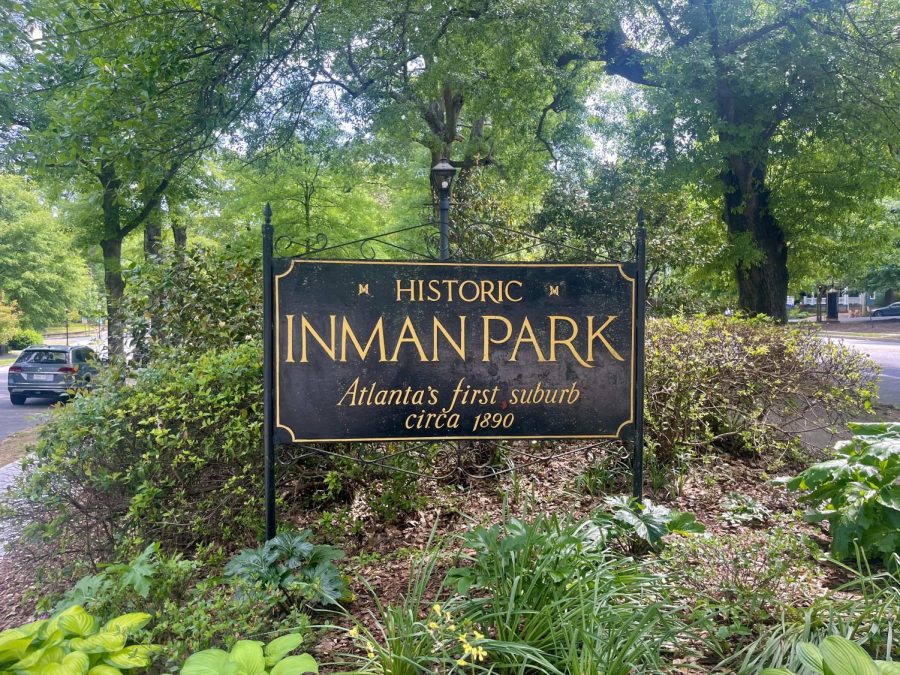
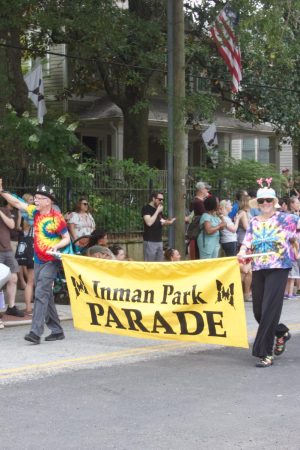
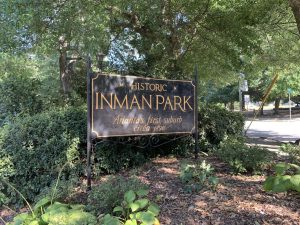
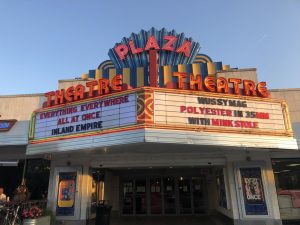
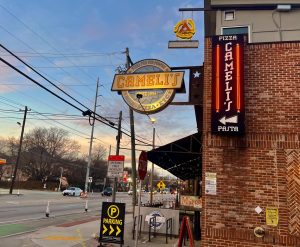






eileen segrest brown • May 8, 2023 at 9:44 pm
As the founder and first Executive Director of the Atlanta Preservation Center, it warmed my heart to see Alannah Edwards’ fine article on historic preservation in Atlanta.
Well done, Alannah!
I was heartened that high school students are tuned in to historic preservation!!
Cause y’all are the future!!
Alannah, your article gives me hope!!
Eileen Segrest Brown
Inman Park home owner since 1973